Summary
- Remakes are entirely new games inspired by the original, made from scratch.
- Effort alone doesn’t make a remake; assets are redone, but the gameplay is the same.
- Changes in remastered games are skin-deep with only minor quality of life updates.
The Elder Scrolls IV: Oblivion Remastered is a resurrection of one of my all-time favorite games. Like many of you, I have spent hundreds if not thousands of hours in this game, so seeing it remastered using the latest graphics technology is awesome.
However, there’s a little online debate going on when it comes to the official “remastered” label that Bethesda has slapped on this release. A lot of people are adamant that this is in fact a remake of the game—and they’re wrong.
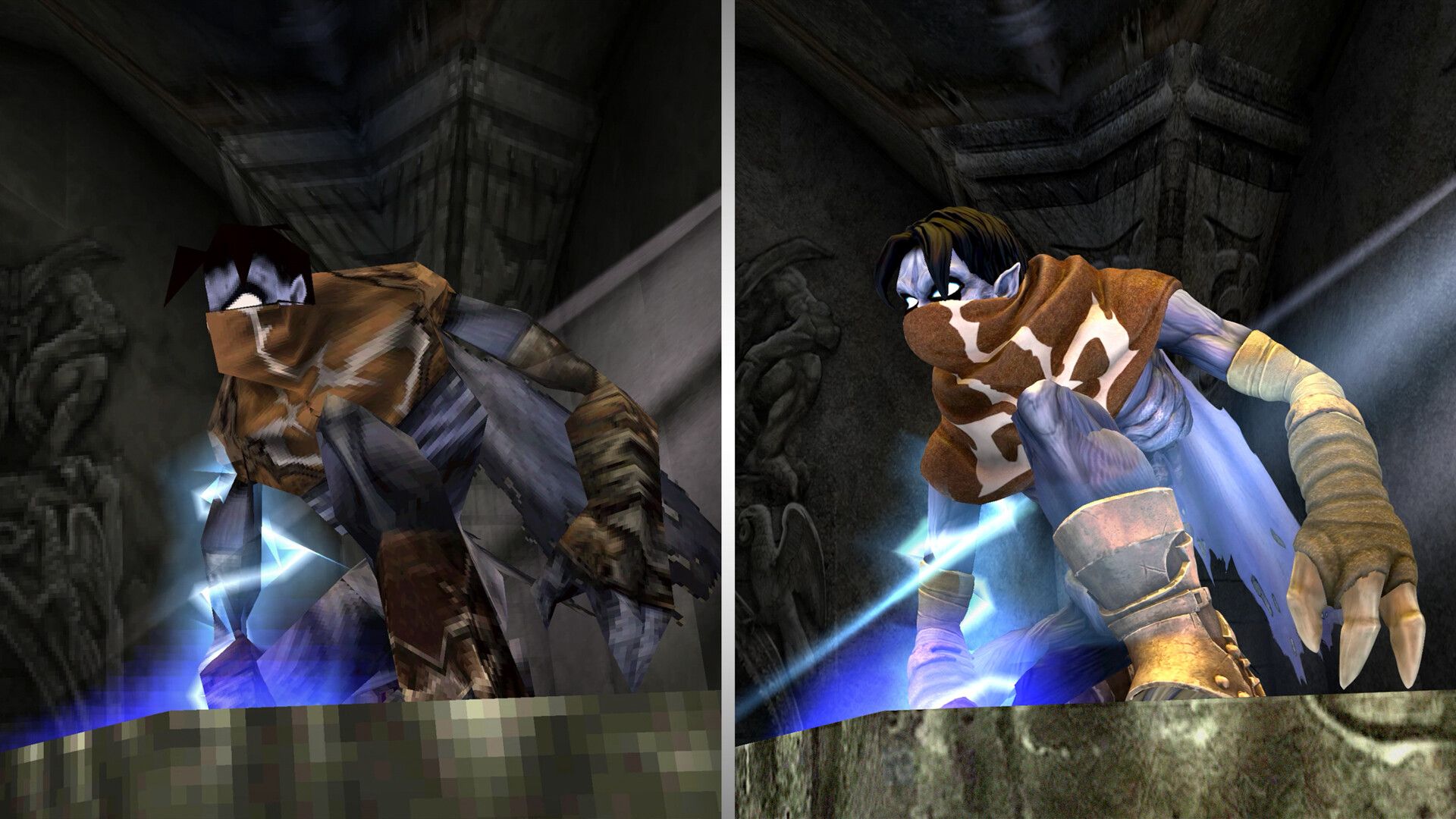
Related
What’s the Difference Between Video Game Remasters and Ports?
Some re-releases get more care than others.
Remakes Are Entirely New Games
To remake something is to make something new from scratch, inspired by the original thing. The Resident Evil 2 and Final Fantasy 7 remakes are prime examples of this. These are similar to the original games in the broad strokes, but they have been made from the ground up as new games. As if they were being developed for the first time. It’s more like both games used the same general storyboard or game concept document, but were developed with the technology of the day, with the game design conventions of modern games.
A remaster strives to keep the original game exactly as it was. Indeed, It’s the original game with a new lick of pain. This does not preclude making new assets however. For example, in the Legacy of Kain: Soul Reaver 1 & 2 Remastered games, all the textures and models have been replaced with new ones, made from scratch, but using the original textures as a basis. Some remasters use AI upscaling to make these new textures, some use human artists, or it’s a combination of both methods.
Sometimes games are ported to different engines entirely. This is common for remasters done by studios like Nightdive, which used the KEX engine to remaster games like Blood.
So, clearly, replacing old assets with new ones, and replacing the entire engine of a game, does not change the fact that it’s a remaster. What makes it a remaster is a faithful reproduction of the original experience in every way possible, but with modern polish and quality of life changes.
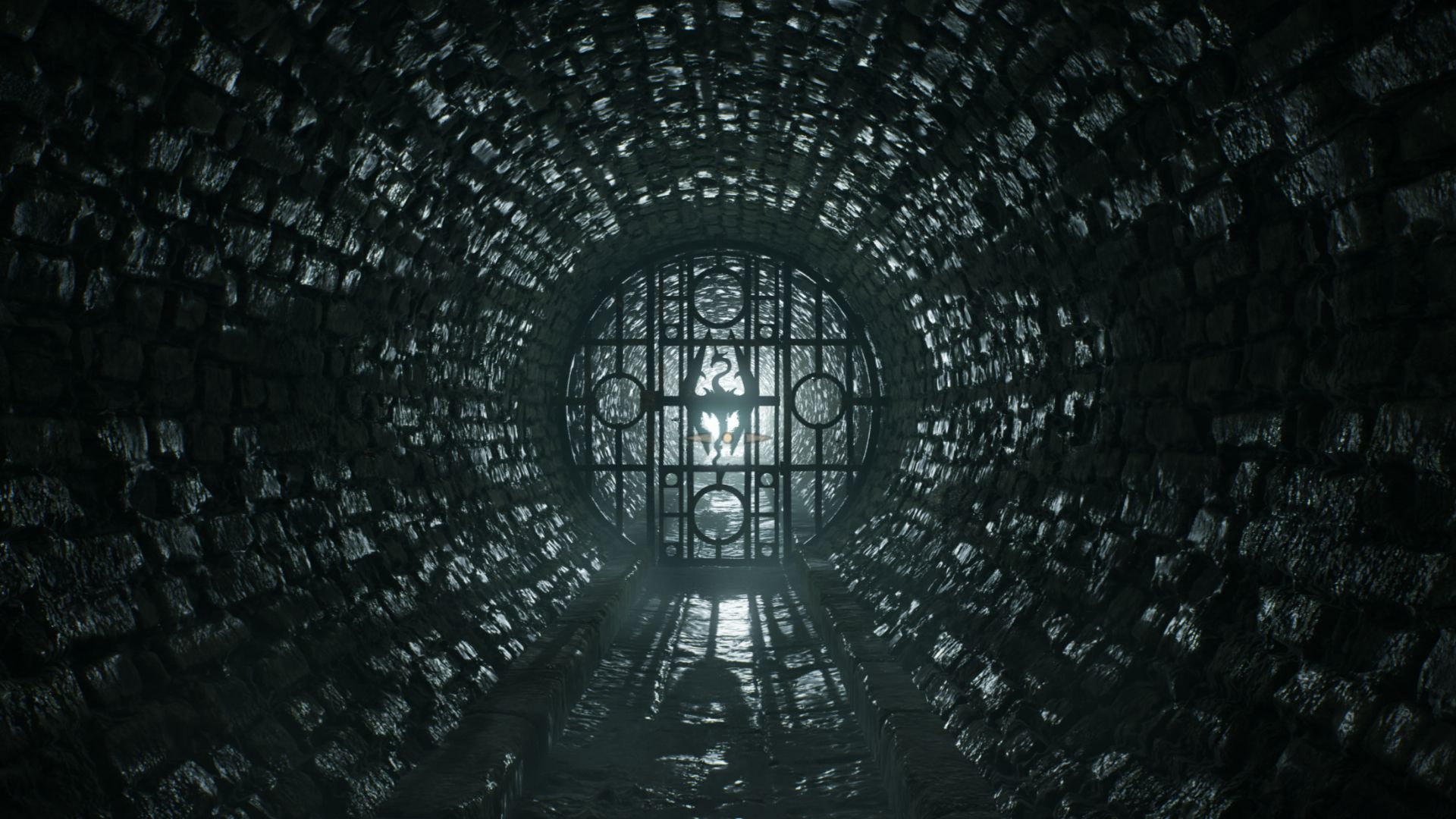
Related
The World Needs More Bethesda Remasters (Here’s Which Games They Should Work On Next)
Close the gates to Oblivion (and open doors to future remasters).
Lots of Effort Doesn’t Make It a Remake
I’ve seen the argument that Oblivion Remastered is actually a remake by virtue of the colossal amount of work that went into the game. Every visual aspect of the game has been completely rebuilt from scratch. The physics system has been updated. Small gameplay changes have been made, and unpopular aspects of the leveling system have been tweaked.
Yet, no amount of work changes that Oblivion Remastered is still exactly the same game as before. It’s not the amount of work, or asset creation percentage that makes it a remake or a remaster. It’s the bones of the game, how it plays, and how it works. Under that shiny new skin beats the heart of the same game logic found in the original game.
On top of that, developer Virtuos has gone to great lengths to replicate the look and feel of the original game wherever possible. They’ve ensured new voice acting sounds like the old voice acting. Bugs and exploits that defined the original release are kept in. The intent is that of remastering and not remaking, and that’s what really matters when deciding if something is a remake or not.
Some “Remakes” Are Using That Word Wrong
Some of the confusion about what’s a remaster and what isn’t, is thanks to inconsistent usage in the gaming industry. The key example is Demon’s Souls Remake. Like Oblivion Remastered, this game is literally the original game code running under the surface, but with a new graphics rendering system on top. It has even fewer changes to gameplay than Oblivion does. So to me that’s very clearly a remaster of the game and not a remake as the official title suggests.
After all, Diablo II: Resurrected is also a remaster where the original game is running verbatim under the hood, and you can even toggle back and forth between the different graphics systems. If Demon’s Souls Remake is a remake, then so is Diablo II: Resurrected, yet I doubt any fan of the original game would label it as such.
Most of the Changes Are Skin-Deep
I think the biggest problem here is that if you look at the remastered game in screenshots or in gameplay videos without playing it yourself, it looks like a completely new game. However, if you’re a veteran of vanilla Oblivion then you’ll know it’s the exact same game from the moment you touch the controller or grab the mouse. It feels and plays exactly the same as the original release. You can switch between them back-to-back, and there is no difference in anything other than how the game looks.
It’s just a lick of paint. Sure, it’s a complex masterpiece painting done over the blobby lines of 2006 3D graphics, but it’s just coat of paint regardless.

Related
Let’s Keep the Tradition of Creating Ugly Characters Alive
Beauty is in the eye of the forehead slider.
The Gameplay Changes Are Just Quality of Life Updates
When it comes to things that are more than skin deep, the changes don’t make a fundamental difference to the game. These are all changes that could have been added using a patch in the original game. It’s just two decades of players plumbing the depths of the game to really nail down what had to change for modern audiences.
For example, unlike most WRPGs, your character’s gender actually had an effect on your stats. So your character’s attributes didn’t just change based on the race you picked, but on the gender within that race. In the remastered game, those same attribute differences are there, but they are labeled by “origin” rather than gender.
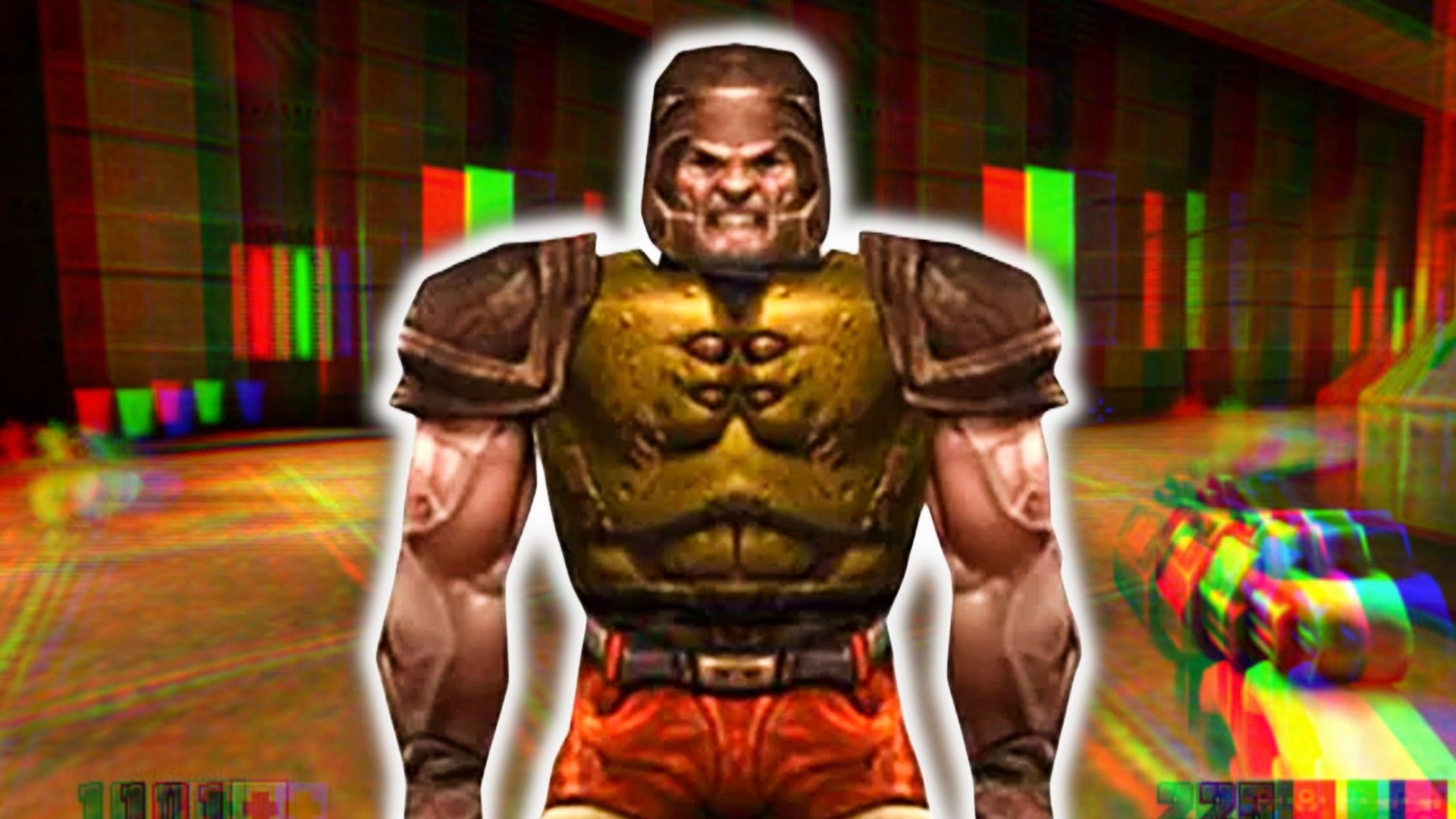
Related
After Playing the AI Remake of Quake 2, I’m Not Worried About an AI Takeover
Muse AI is far from making games on its own.
You can now get experience from minor skills, you can freely assign skill points when you level up, and there’s a 100% chance to harvest a plant. These were all small annoyances that players had to work around in the original game and perhaps some of those mechanics should have stayed the same, but these aren’t fundamental differences.
Other changes include things like autosaves happening on every loading screen (good!) and DLC quests don’t all trigger at the start of the game. Which makes sense, since they have all been integrated into a single title and aren’t add-ons anymore.

Related
Remasters and Remakes Are Good for Gamers, Here’s Why
Studios aren’t wrong for leaning on old games.
Visceral gameplay is better too, though the essential clunkiness of combat is the same. There’s a sprint button, better combat animations, and now you can actually play the game in third-person properly, though I can’t imagine why anyone would want to.
Other notable changes include HP regen, which I am ambivalent about, but OK. Difficulty has been refined into multiple sliders as well, which is becoming more common in modern games, and something similar features in Doom: The Dark Ages.
There are also plenty of improvements borrowed from Skyrim here, such as an “empty” indicator so you don’t spend your time opening containers with nothing in them.
That is basically it and I think most people can agree the changes amount to polish at most, which is what a remaster is all about.
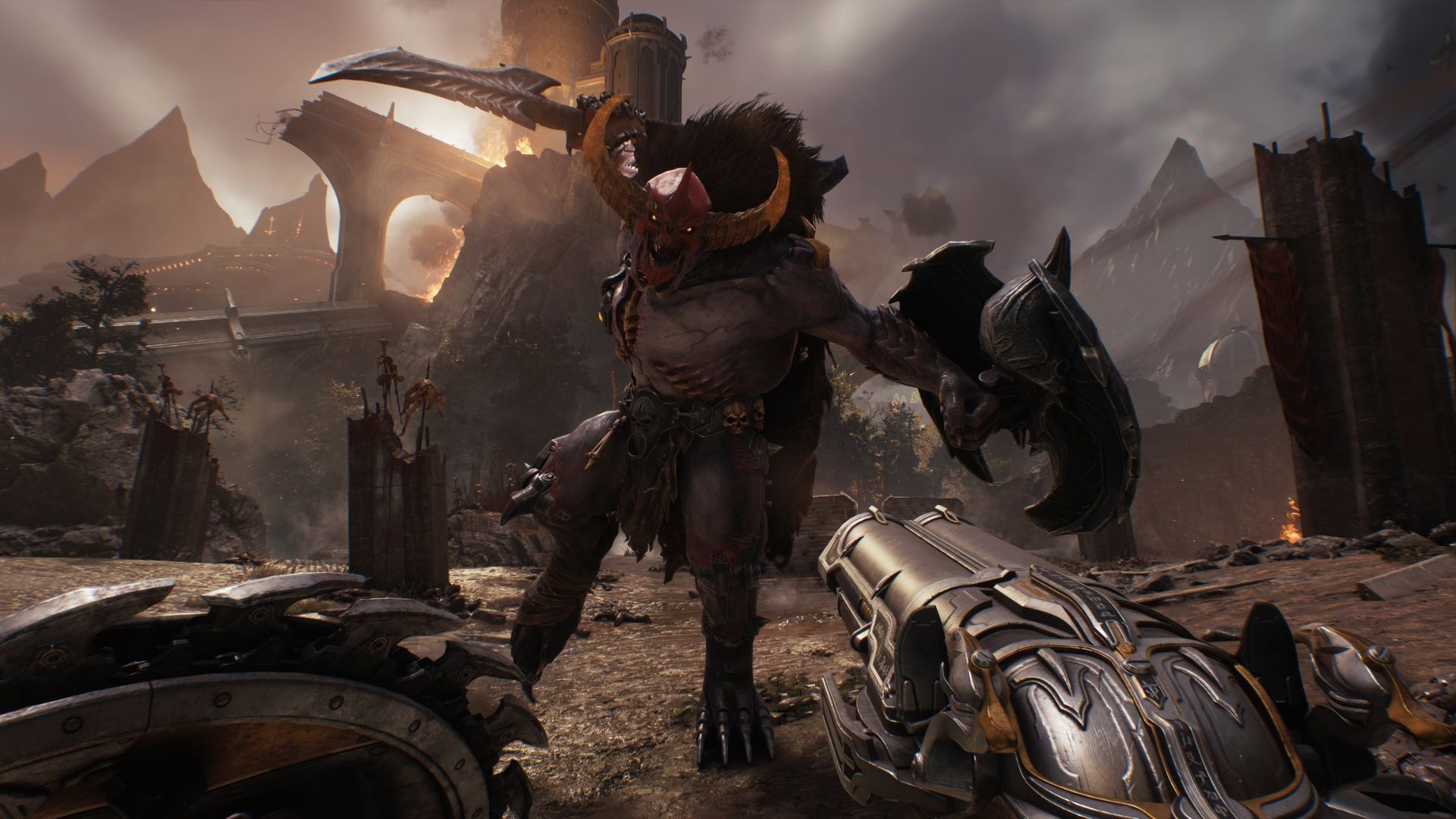
Related
I Hope DOOM: The Dark Ages Fixes What DOOM Eternal Broke
Let’s make it DOOM again.
To Me, The Dividing Line Is Clear
Sometimes you have to look beyond the mere appearance of something to understand the essence of it. Virtuos and Bethesda make a strong case for why the game is a remaster in the offical reveal video.
It’s like remastering a song. You might re-record the parts that can’t be salvaged, but you absolutely do not want to lose the spirit of the thing in the quest for more fidelity and detail.


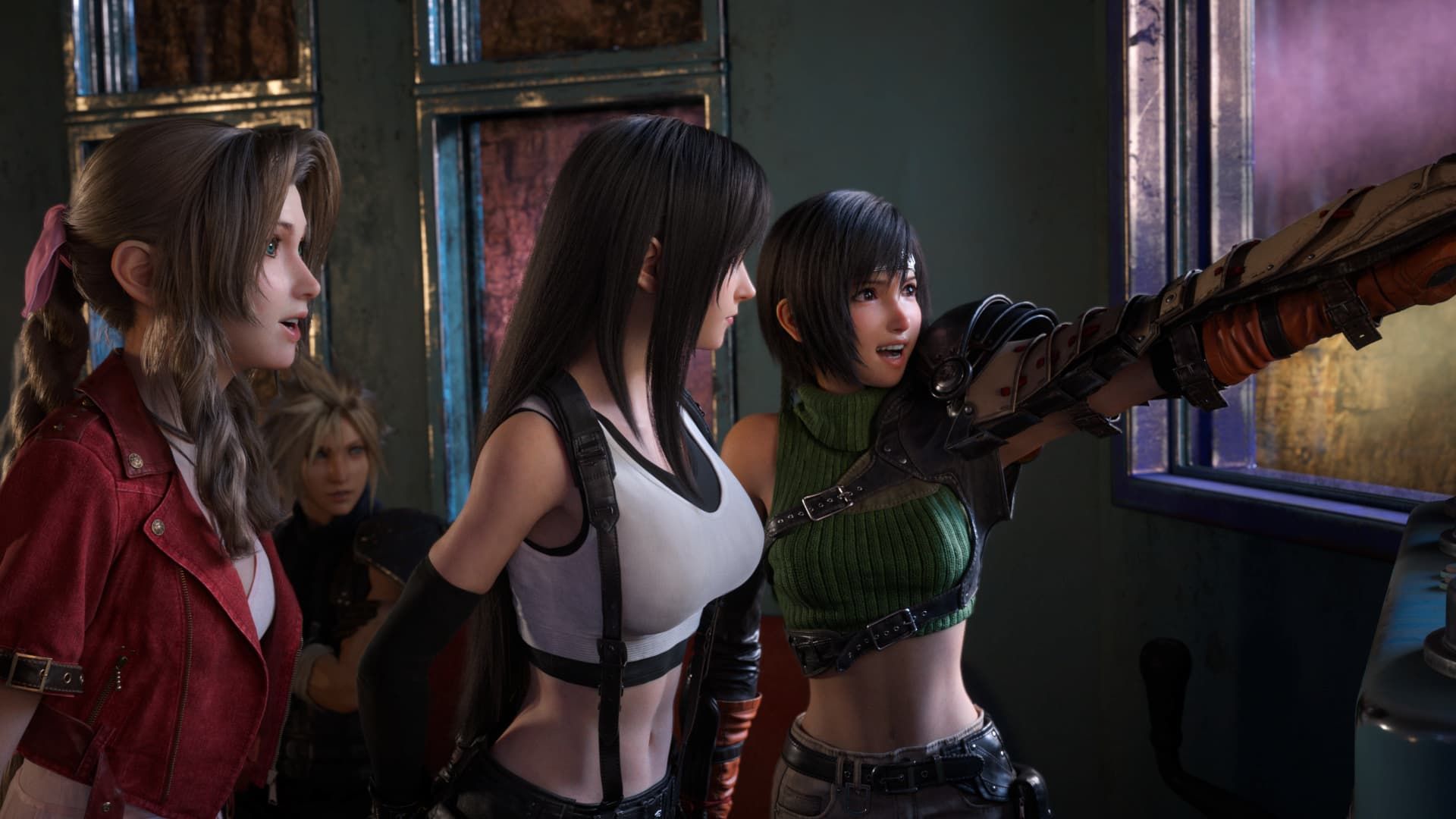

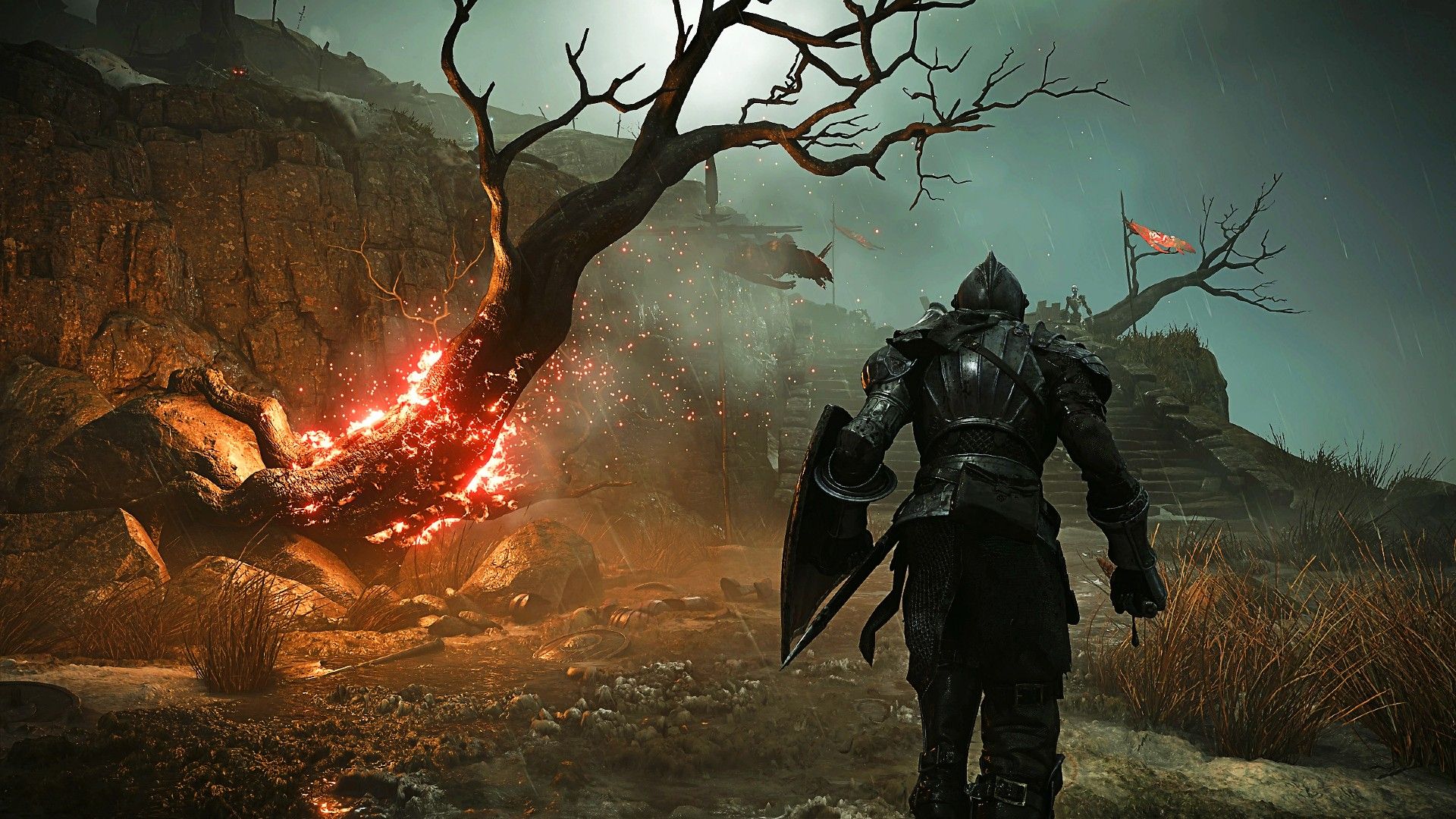
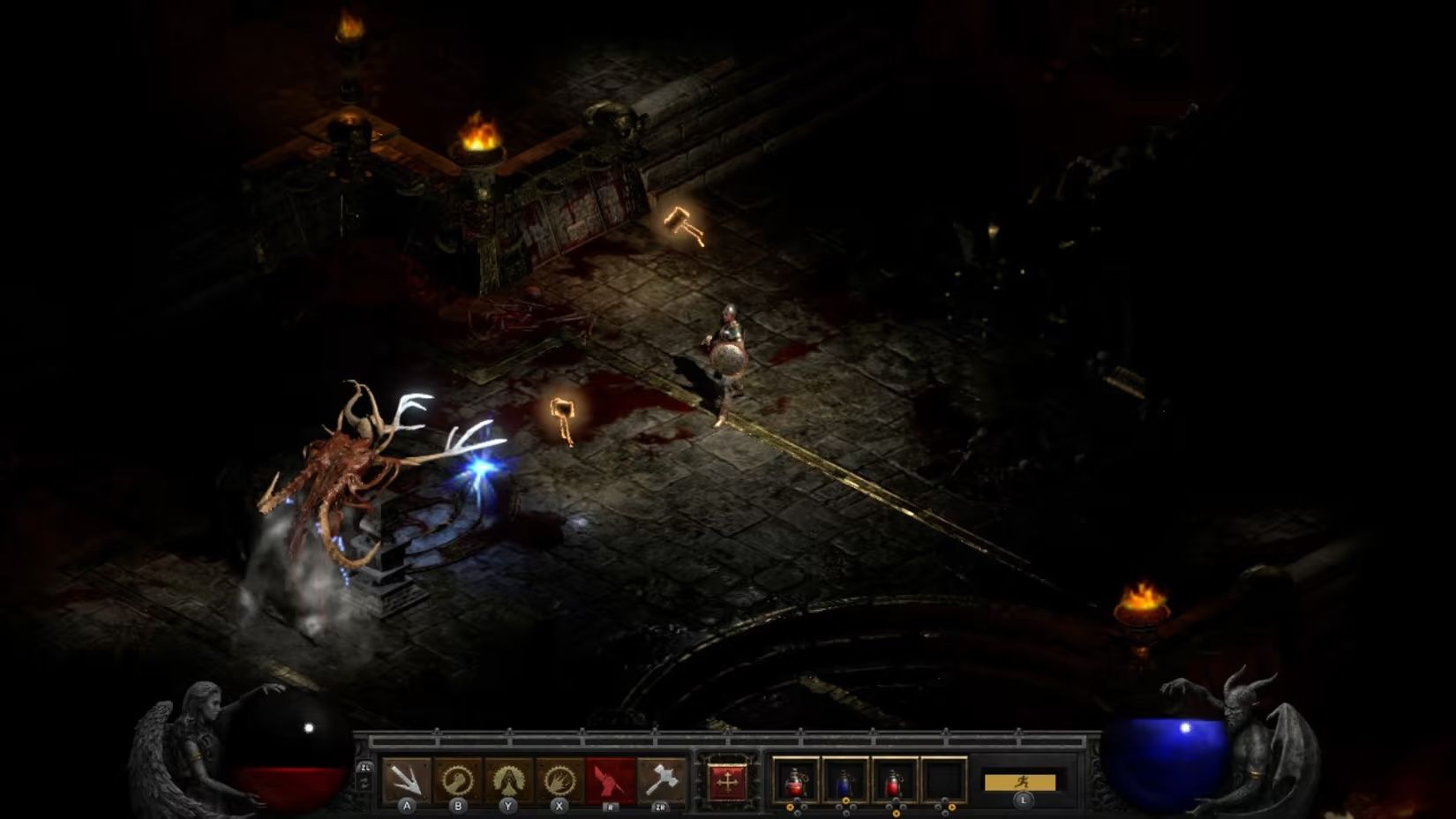
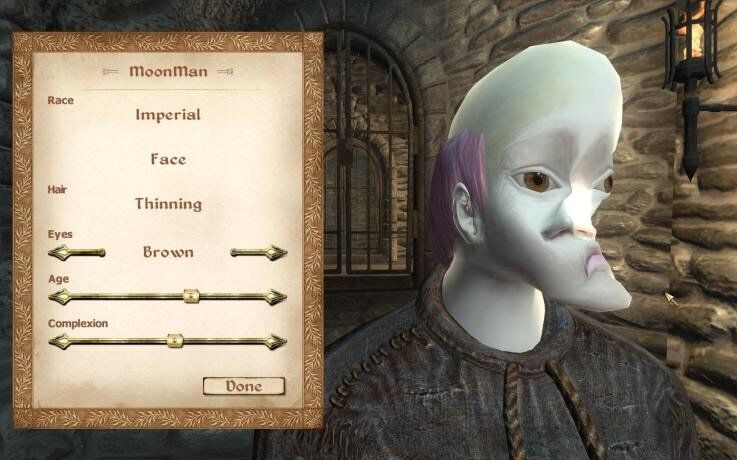





Leave a Comment
Your email address will not be published. Required fields are marked *